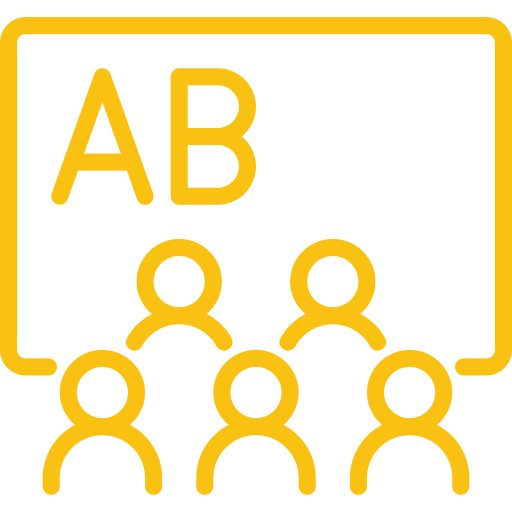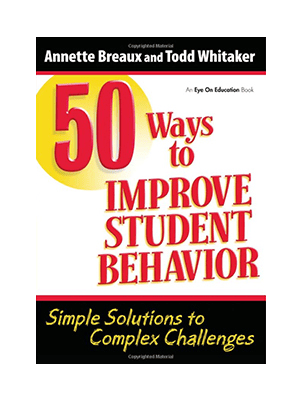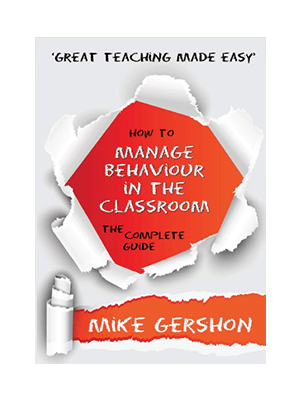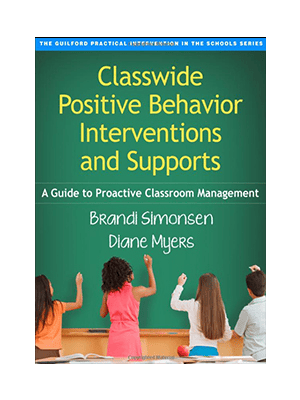Creating Positive Change: Building More Inclusive Classrooms
The death of George Floyd brought an outpouring of pain and anger to my city last week. Our local calls for justice and equality quickly spread across the country and culminated in protests and marches here and around the world. In the midst of all of this confusion and pain (and now, even some glimmers of hope), I have watched our neighborhood schools do what they have always done so well in times of need; I have watched them step in with increased social and emotional support for our students, providing food and resources for families, and passing along information and knowledge within our school communities. Today, I want to share some of that information with you – knowing that there is more out there than I could ever squeeze into a single blog post. No matter our place on the journey to creating more inclusive, equitable environments for all students, I truly believe there is always room for growth.
Create Inclusive Spaces
All students should feel welcomed, represented, and empowered in our classrooms. Central to this work is our ability to build trust and rapport with all students. We can do this by giving students choice, whenever possible, in how and what they learn. We can also empower students by providing space for students to share their voices. To do this effectively, it is important to prepare students with discussion ground rules and strategies to manage disagreements before they arise. Above all, students must feel valued by their teachers and school administrators. Take a walk through your classrooms and hallways and ask yourself: Are all students equally represented in the images, ideals, messages, and learning materials you and your colleagues share in your building each day? How can you create a more representative space for all of your students?
Reflect on Experiences
Progress can’t happen without intention – and we can’t make real progress towards greater inclusion until we are honest about our current strengths and weaknesses. If you aren’t fully satisfied with your current teaching environment, think about ways you could help make changes: Could you suggest specific topics or trainings be added to professional development plans? How might you adjust curriculum to ensure it represents all students’ voices and histories? On a personal level, is there more you could do to welcome and connect with families or students? Once you’ve had an opportunity to reflect, set at least one realistic short and long-term goal for yourself to help your school move towards a more inclusive environment. Feel confident that your actions alone can make a difference, but also know that your actions can influence others to make important changes, too!
Commit to Learning More
Whether you are looking to build personal knowledge or develop new teaching strategies, there are many resources available to support your journey. Here are just a few of the resources that have been shared in my community in recent days:
Free Resources to Learn More about Inclusion and Social Justice
Inclusive Learning Environment Strategies:
https://www.celt.iastate.edu/teaching/creating-an-inclusive-classroom/creating-an-inclusive-learning-environment/
Racial Justice in Education Resource Guide from NEA:
https://neaedjustice.org/wp-content/uploads/2018/11/Racial-Justice-in-Education.pdf?fbclid=IwAR1ACp5H4qkgBWnJEH8KI6RxDfhCBkpoER4agKahjuCgnV2EqK4SyuUqIHM
Teaching Resources about Race, Racism, and Police Violence from Teaching Tolerance:
https://www.tolerance.org/
Curated Book list from Barnes and Noble to learn about Antiracism, Allyship, and Social Justice:
https://www.barnesandnoble.com/b/antiracism-books/_/N-2urb
Limited, free access to University of Minnesota Press collection of Racial Justice books online:
https://manifold.umn.edu/projects/project-collection/racial-justice?fbclid=IwAR3px_65soNe5GOG0T51OtQ_idhuKHZGdj_u4cPBz7nB_TEpQURQDzo20jI

























